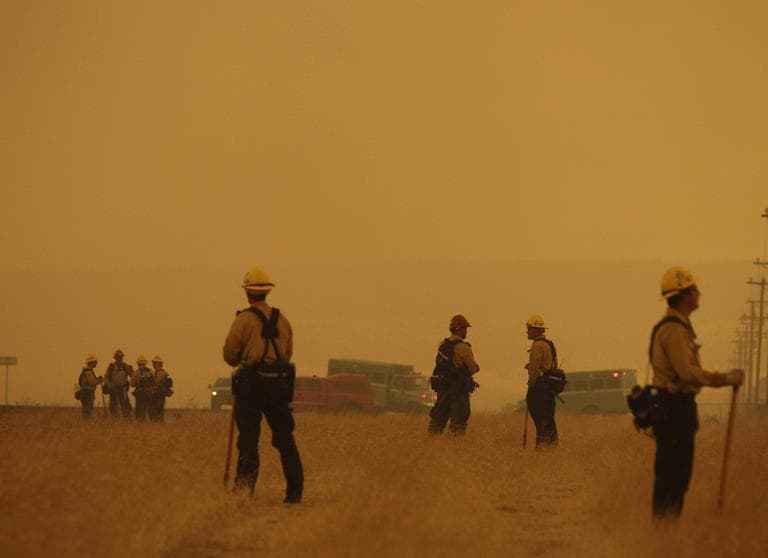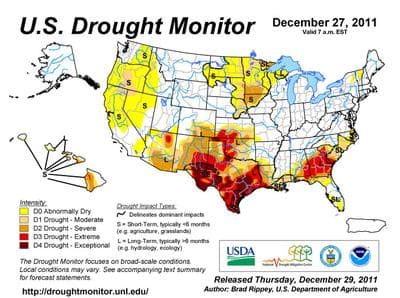Advertisement
Can The Southwest Survive Climate Change?
ResumeThe American Southwest is overbuilt and out of water. We’ll look at how and whether the Southwest, as we’ve built it, can survive.

2011 was the driest year ever recorded in New Mexico. The hottest summer ever in New Mexico, Texas, Oklahoma. The hottest August ever in Arizona, Colorado. It saw the all-time worst fire year ever in Texas. The biggest wildfire ever in New Mexico. The biggest ever in Arizona – more than half a million acres on fire.
The great American Southwest has been a destination and developers’ dream for generations. Now, climate change is coming down like a hammer.
This hour, On Point: Heat, fire, dust and thirst. We’ll look at how and whether the Southwest as we’ve built it can survive.
-Tom Ashbrook
Guests
William deBuys, environmentalist and author of the new book A Great Aridness: Climate Change and the Future of the American Southwest.
Andrew Ross, professor of social and cultural analysis at New York University and author of Bird on Fire: Lessons from the World's Least Sustainable City.
Grady Gammage, Jr., a lawyer who represents numerous real estate and business clients. He is also a senior fellow at Arizona State University, where he focuses on urban growth and development, quality of life, and local economic issues. Here is a recent report from Arizona State University co-authored by Gammage on the state of water resources in the the greater Phoenix area.
From Tom's Reading List
Huffington Post "If you live in the Southwest or just about anywhere in the American West, you or your children and grandchildren could soon enough be facing the Age of Thirst, which may also prove to be the greatest water crisis in the history of civilization. No kidding."
New York Times "If policy makers end up focusing only on those who can afford the low-carbon technologies associated with the new environmental conscientiousness, the movement for sustainability may end up exacerbating climate change rather than ameliorating it."
USA Today "For those of us who live in and love Phoenix, the drumbeat seems relentless. At base, the assumption seems to be that it just cannot make sense for so many people to live in a hot, dry place where it doesn't rain much. But why take water and hold it to a standard not applied to any other resource necessary to support a city? Should a city have to mine all its iron or copper within its boundaries? Or grow all its own food? Or manufacture everyone's clothing?"
More
Here's a map of the recent nationwide drought conditions from the National Drought Mitigation Center at the University of Nebraska.

This program aired on January 5, 2012.